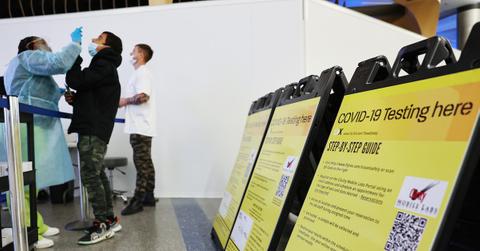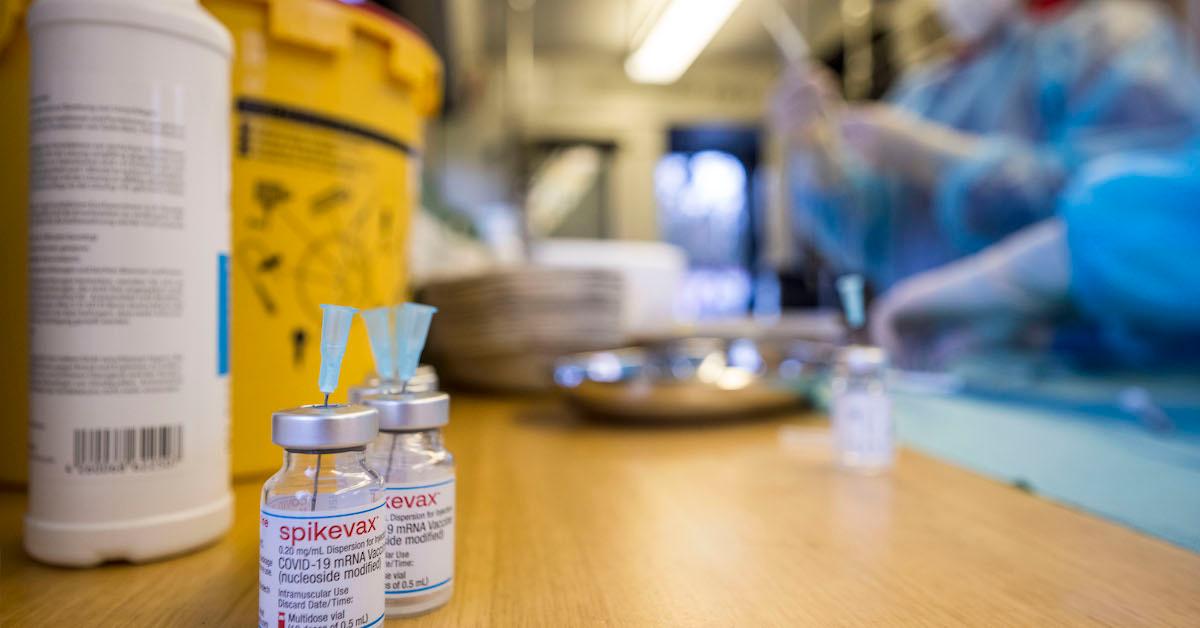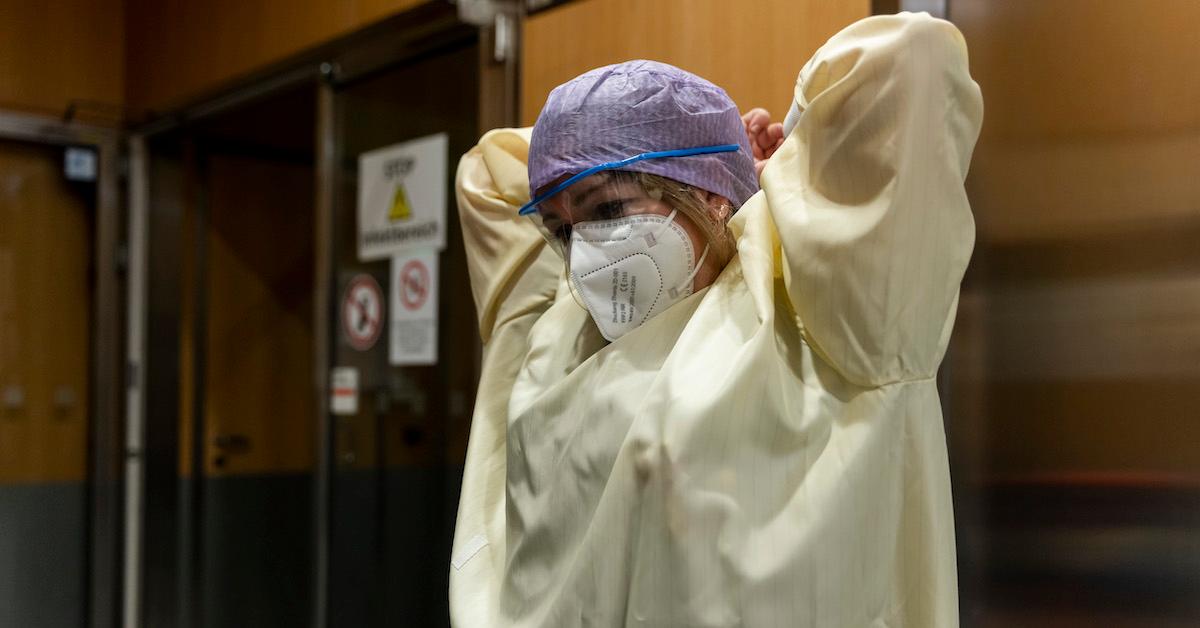A Look at Omicron Contraction Rates for the Fully Vaccinated
It's often not a surprise for unvaccinated people to contract the omicron variant, but what about the fully vaccinated and boosted?
Jan. 4 2022, Published 12:40 a.m. ET

The meaning of fully vaccinated is constantly changing, but for now, it typically includes two doses and a booster. When it comes to the omicron variant, the unvaccinated are seeing high transmissibility and hospitalization. But infection rates among the fully vaccinated are also a cause for concern.
A surge was predicted in the winter months, regardless of vaccination status. But breakthrough infection rates are steadily climbing for the fully vaccinated. Where are they now?
Omicron's transmissibility compared with Delta's
Omicron spreads more easily than the original COVID-19 virus and has also been reported to be more transmissible than the delta variant. Regardless of whether people are vaccinated or asymptomatic (infected but not showing symptoms), they can spread the virus to other people.

According to the CDC (Centers for Disease Control and Prevention), the omicron variant was first detected in “specimens collected on Nov. 11, 2021.” On Nov. 26, the World Health Organization classified omicron as a variant of concern (VOC), and the U.S. followed with that classification on Nov. 30.
By Dec. 1, 2021, there had been one confirmed case of omicron in the U.S. While vaccinated people can contract the omicron variant, experts believe that being fully vaccinated can prevent severe illness and possible hospitalization. Omicron symptoms include those typical of COVID-19, such as fatigue, cough, loss of taste and smell, and shortness of breath. Other possible symptoms are congestion, nausea, diarrhea, vomiting, and a runny nose.

Omicron cases among the fully vaccinated
Updates on omicron's spread have shown that as of Dec. 10, 2021, a third of omicron cases confirmed in the U.S. had been among the fully vaccinated. More specifically, of 43 omicron cases, 34 were in the fully vaccinated, and 14 of those people had received a booster shot.
Whereas it's more likely that the unvaccinated contract omicron, breakthrough infections have increased in highly congested areas like New York City. Around 150 of 100,000 fully vaccinated people were infected during the week of Dec. 20, 2021, in comparison with 28 per 100,000 during the week of Dec. 6. This is despite 71 percent of the city’s population being fully vaccinated and 1.7 million having received a booster.

In a report on the first investigated cases of the omicron variant in the U.S, the CDC’s COVID-19 response team showed that, of confirmed omicron cases, 79 percent had received COVID-19 vaccines (two doses) and 14 had received a booster shot. Among the confirmed cases, only three people were asymptomatic, with the others displaying signs of fatigue, fever, and cough.
Omicron's stress on the weakened medical system
While vaccinated people are 15 to 25 percent less likely to be hospitalized if they contract omicron, the healthcare system remains fragile. Emergency physician and Brown University associate dean of school of public health Dr. Megan Ramsey has stated that “an extra 10 or 20 hospitalizations is having the same effect on the system as an extra 50 hospitalizations had a year ago.”
